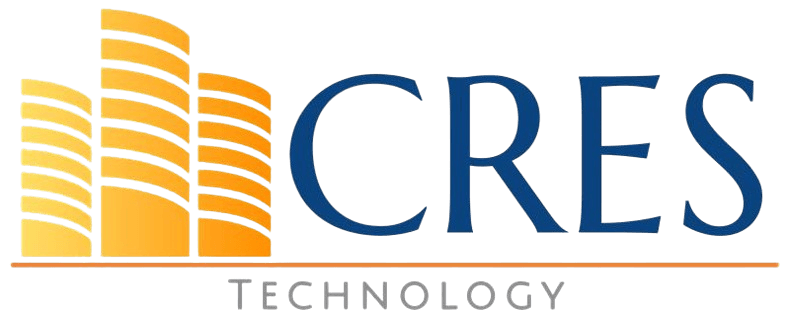
In today’s fast-paced business environment, businesses often face the challenge of meeting their resource needs efficiently. Whether it’s scaling up to meet project demands or seeking specialized skills, businesses must make crucial decisions regarding staffing. Two popular options are Staff Augmentation and Outsourcing, each with its own set of advantages and considerations. This article aims to provide valuable insights and guidance for businesses that find themselves at the crossroads of Staff Augmentation and Outsourcing, especially in the realm of Information Technology.
What is Staff Augmentation?

Staff Augmentation is a flexible strategy that allows businesses to temporarily augment their in-house teams with skilled professionals. This approach offers businesses the advantage of tapping into specific expertise when needed without the long-term commitment associated with traditional hiring.
Staff Augmentation vs. Outsourcing
Before diving deeper into the decision-making process, it’s crucial to understand the key differences between Staff Augmentation and Outsourcing:
Staff Augmentation
- Integrates external professionals into your existing team.
- Provides greater control and oversight over the augmentation process.
- Ideal for businesses looking to fill short-term skill gaps or address peak workloads.
- Can be more cost-effective for projects with fluctuating demands.
Outsourcing
- Involves contracting an external provider to handle specific tasks or projects.
- Transfers responsibility and control to the provider.
- Suitable for businesses seeking to reduce operational overhead and focus on core activities.
- Offers access to a wider talent pool but may require a long-term commitment.
Factors affecting the decision for SMBs
For small and medium-sized businesses (SMBs), the decision between Staff Augmentation and Outsourcing can be especially challenging. Several factors come into play:
- Budget Constraints: SMBs often have limited financial resources. Budget considerations play a significant role in this decision-making process. Depending on the specific circumstances, outsourcing may sometimes offer a more cost-effective solution than staff augmentation, making it essential to carefully analyze your budget constraints.”
- Resource Scalability: Consider the scalability of your business. Staff Augmentation allows for quick resource scaling, which can be crucial for SMBs dealing with growth spurts or seasonal demands.
- In-house Expertise: Evaluate the existing skill sets within your in-house team. Staff Augmentation may complement your existing talent, while Outsourcing may be necessary for highly specialized tasks.
- Risk Tolerance: Assess your risk tolerance. Staff Augmentation gives you more control while Outsourcing transfers some risk to the service provider.
- Resource Availability and Continuity: Outsourcing typically involves a team, ensuring continuity even if one member is unavailable. With staff augmentation, reliance on a single resource can pose challenges when they go on vacation or become unavailable for any reason. Keep this factor in mind to maintain project consistency.
Make the Right Choice: What is beneficial for your Business?
Making the right choice between Staff Augmentation and Outsourcing is essential for SMBs to thrive. Here are some tips to help you make an informed decision:
- Define Your Objectives: Clearly outline your business goals and the skills needed to achieve them. This will guide your decision-making process.
- Cost Analysis: Conduct a thorough cost-benefit analysis for both options. Consider factors such as initial costs, long-term commitments, and potential ROI.
- Risk Assessment: Evaluate the risks associated with each option. Consider factors like data security, quality control, and project timelines.
- Consult Experts: Seek advice from experts in your industry or consult with IT professionals who can provide insights based on your specific needs.
- Start with a Pilot Project: Consider starting with a smaller project to test the waters before committing to a long-term arrangement.
Conclusion
The choice between Staff Augmentation and Outsourcing is a critical decision for SMBs looking to optimize their IT resources. Each approach has its merits and should be chosen based on your specific business needs, goals, and constraints. By carefully considering the factors mentioned and following the tips provided, SMBs can make a well-informed decision that propels their business toward success.
How we can help:
CRES Staff Augmentation is a service to supplement resources to your team on an as-needed basis. This allows our customers to quickly find the right fit for hard-to-fill or temporary positions, which boosts the scalability and productivity of their team.
When starting a new project, it is common to run into a skills gap or the need to scale up rapidly. It’s no secret that there is a shortage of talent out there right now. This shortage is more prevalent in technology resources. This is where CRES steps in.
We offer cost-effective staff augmentation solutions by providing specialized remote resources. Our resources can be diversified or specialized both in the skills and industrial sectors. We also provide coverage for your assigned resources, in case they become unavailable for any reason. CRES Staff Augmentation Services is a proven, reliable, and cost-effective way for our Clients to increase the productivity of their internal IT teams with minimal time.
About Irfan Butt

CRES Technology – Founder and CEO
A strategic leader with over twenty years of progressive experience in Business Administration, Finance, Product Development, and Project Management. Irfan has a proven track record in a broad range of industries including hospitality, real estate, banking, finance, and management consulting.





